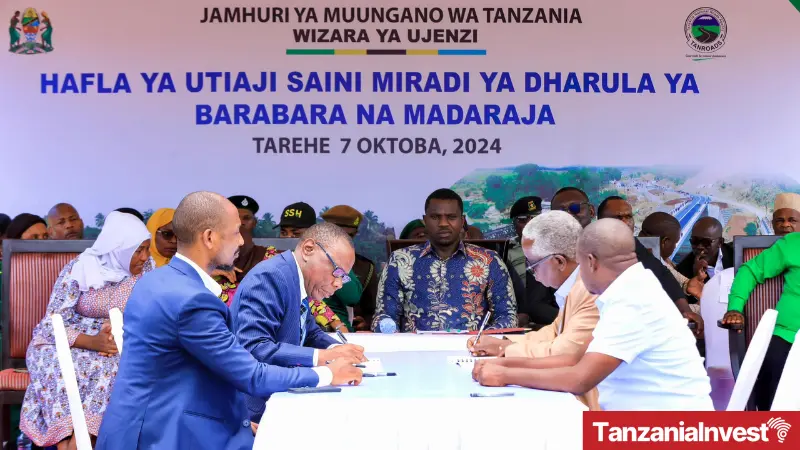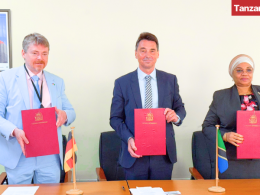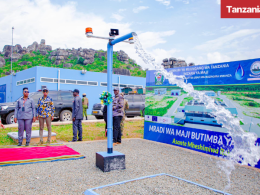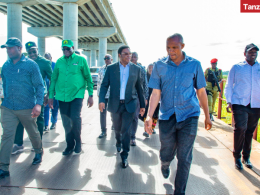On 7th October 2024, the government of Tanzania signed five contracts worth TZS 140 billion for the construction of 13 bridges on the roads affected by El Nino rains and cyclone Hidaya in the Lindi region.
The construction of the bridges will take place along the Malendego-Nangurukuru-Lindi-Mingoyo main road and regional roads such as Nangurukuru-Liwale, Kiranjeranje-Namichiga, Liwale-Nachingwea, and Tingi-Chumo-Kipatimu road.
Speaking at the event, the Minister of Works Innocent Bashungwa expressed gratitude to the President of Tanzania, Dr. Samia Suluhu Hassan for recognizing the impact of the cyclone and the rains on bridge and culvert infrastructure and allocating funds for its restoration.
Bashungwa highlighted: “The President’s commitment to the Lindi region is to rebuild all the affected bridges so that when the rains start, citizens will be safe, and road communication will be reliable.”
On her part, the Regional Commissioner of Lindi, Zainab Telack pledged close cooperation and supervision of all contractors during the construction of the 13 bridges in the affected areas to ensure timely completion and required quality.
On his part, the Chief Executive of the Tanzania National Roads Agency (TANROADS), Engineer Mohamed Besta stated that the construction of the 13 bridges will be completed within 10 months.
Additionally, the government is in the final stages of signing a contract with a contractor for the reconstruction of the Mtwara-Lindi-Pwani road to Dar es Salaam, with the first phase beginning from Mtwara to Mingoyo, while seeking additional funding for the second phase from Mingoyo to Dar es Salaam.
The Lindi Region
Located in southeastern Tanzania and bordered by the Indian Ocean, the Lindi Region has a population of 1,194,028.
The economy of the Lindi Region is primarily based on agriculture, which accounts for about 63% of economic activities. Key crops include cashews, coconuts, cassava, maize, and sesame seeds.
Fishing also plays a significant role in local livelihoods. The region has seen an increase in economic activities since the opening of the Mkapa Bridge over the Rufiji River in 2003, particularly in logging and charcoal production.
In April 2024, Tanzania experienced Cyclone Hidaya and El-nino rains affecting Mafia Island and coastal regions including Mtwara and Lindi, causing 170 fatalities and 175 injuries and impacting over 220,000 people.
The disasters damaged more than 10,000 buildings across the country and impacted road infrastructure, damaging 1,904 road sections, 121 bridges, and 330 pipes on national roads, along with 63 bridges and 822 kilometers of road sections at the municipal level.
Agriculture was heavily affected with over 105,463 hectares of arable land submerged, damaging key crops like maize, paddy, and sesame.










